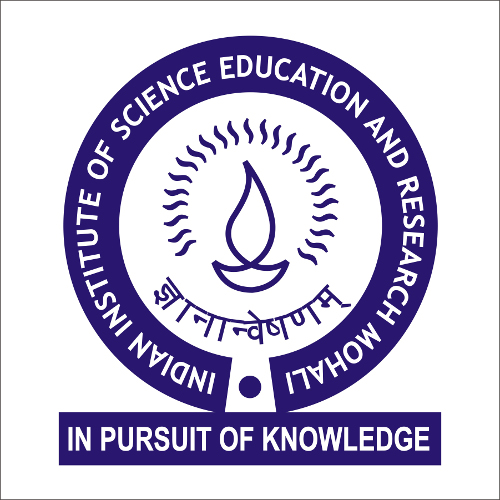Forthcoming Events
Probing molecular interactions and chemical dynamics using high-resolution spectroscopy
Dr. Piyush Mishra (Faculty Candidate)
Location : Online
Single and multi-resonance spectroscopic techniques that are rotationally or vibrationally resolved, have been quite popular in the field of gas-phase chemical physics, revealing tantalizing details about various molecular processes. Chirped-pulse Fourier-Transform Rotational Spectroscopy (CP-FTRS), due to its high-resolution and multiplexed nature, has been transformative to the field of molecular spectroscopy since its invention. Owing to the high-resolution, it can differentiate between a wide class of molecules including conformers, regioisomers, diastereomers, enantiomers, and isotopomers. And owing to its multiplexed nature, it can obtain reliable relative intensities and probe chemical kinetics. Here we use a combination of chirped-pulse and laser excitation schemes revealing unique insights into fundamental molecular processes like collisional energy transfer, onset of clustering, and reaction dynamics.
We use CP-FTRS to study gas-phase collision and reaction dynamics by reliably measuring vibrational population distribution (VPD) of small polar molecules. Using CP-FTRS, we have characterized VC of small molecules in seeded supersonic jets over a range of (1) molecular parameters, (2) vibrational modes, (3) instrumentation parameters, and (4) collision partners (carrier gases). Results of the VC experiments helped us to design experiments to study the reaction mechanism of symmetric-Triazine photodissociation in a supersonic jet. The population distribution among the various vibrational levels of the HCN photofragments reveal information regarding the reaction pathway and transition-state geometry. Studying vibrationally excited states using the multiplexes pure-rotational spectroscopy remains an unexplored area of research and holds a lot of promise. This approach could have the potential to establish CP-FTRS as a molecular dynamics experimental technique.
Meeting ID: 962 1779 0319
Passcode: 743577
We use CP-FTRS to study gas-phase collision and reaction dynamics by reliably measuring vibrational population distribution (VPD) of small polar molecules. Using CP-FTRS, we have characterized VC of small molecules in seeded supersonic jets over a range of (1) molecular parameters, (2) vibrational modes, (3) instrumentation parameters, and (4) collision partners (carrier gases). Results of the VC experiments helped us to design experiments to study the reaction mechanism of symmetric-Triazine photodissociation in a supersonic jet. The population distribution among the various vibrational levels of the HCN photofragments reveal information regarding the reaction pathway and transition-state geometry. Studying vibrationally excited states using the multiplexes pure-rotational spectroscopy remains an unexplored area of research and holds a lot of promise. This approach could have the potential to establish CP-FTRS as a molecular dynamics experimental technique.
Meeting ID: 962 1779 0319
Passcode: 743577

